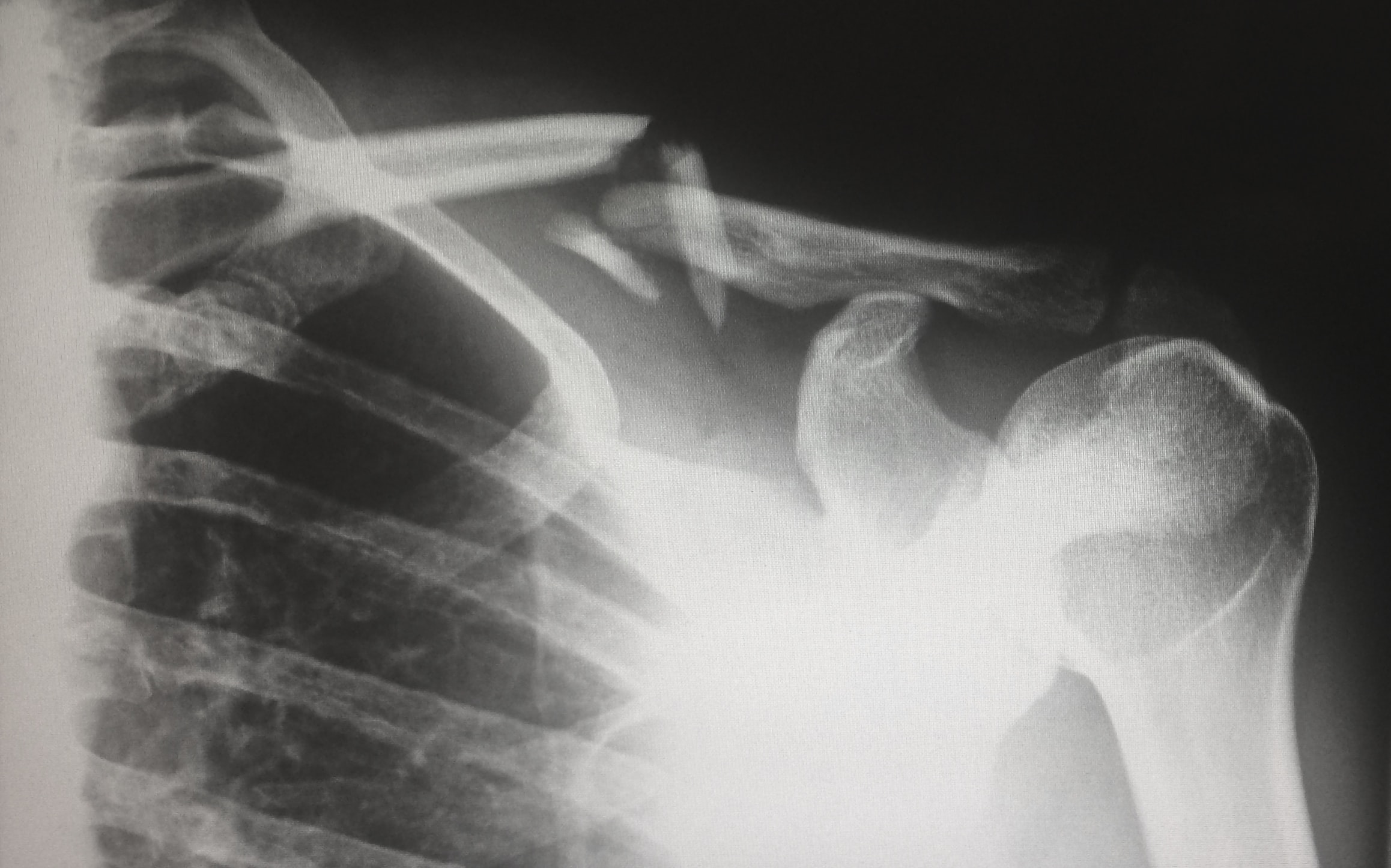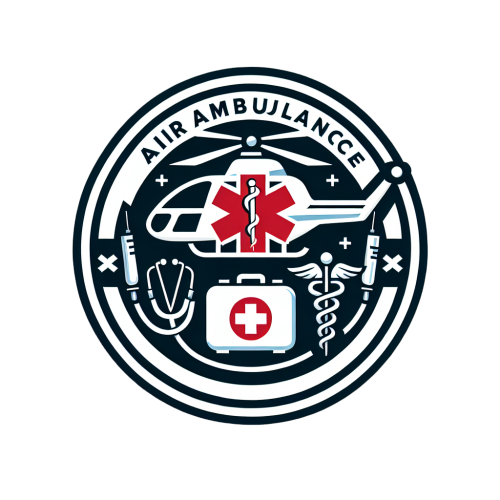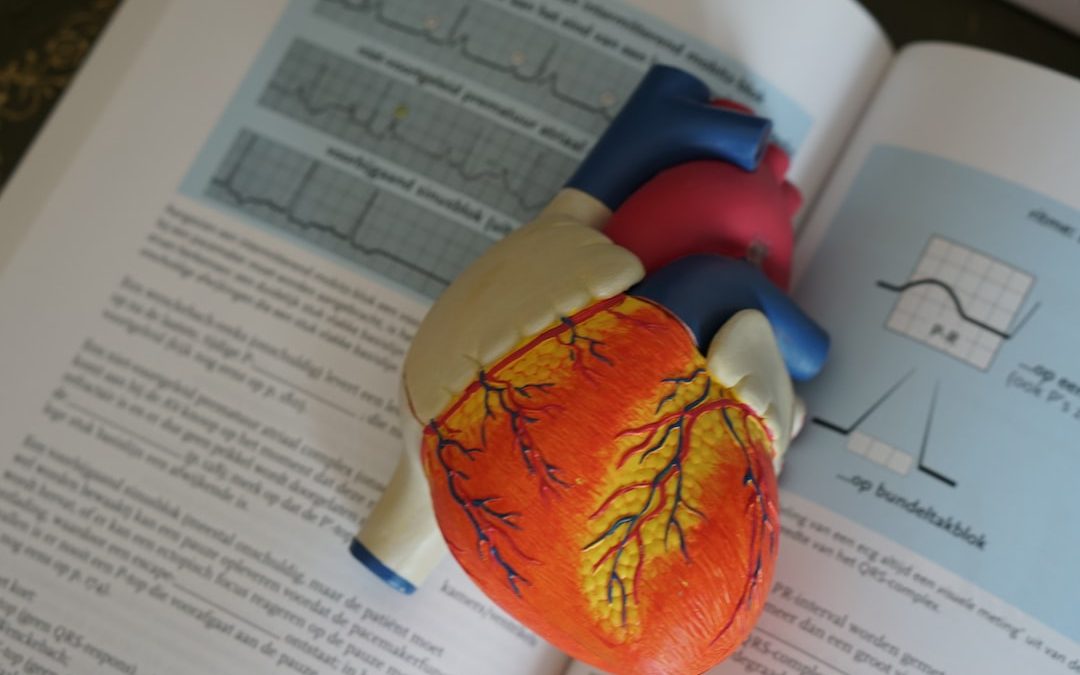air medical transport companies
If you are looking for the best national or international Air medical transport companies then this article is for you. Here we have listed the best Air medical transport companies along with their charges.
1. East Care
Vidant EastCare is known as Vidant Health’s (VH) critical care mobile air and ground transport at Vidant Medical Center (VMC). Eastern North Carolina’s 31 counties are served by this air medical transportation firm. Hosted by VMC and The Brody School of Medicine at East Carolina University, VMC is the only trauma centre east of Raleigh.
It is one of nine air ambulances and is based at Marine Corps Air Station Cherry Point, North Carolina, and operates a 230 nautical mile (430 km; 260 mi) radius around Greenville without refuelling. Vidant EastCare may be referred for many reasons, including trauma, burns, neonates, high-risk pregnancies, hyperbaric medicine, stroke and myocardial infarction.
Vidant EastCare currently has six helicopters based in Beaufort County, Nash County, Craven County, Wayne County, and Onslow County. Metro Aviation, Inc., based in Shreveport, LA. is an aviation operator. Helicopters complete about 3,500 transports each year, with an average one-way flight of 45 minutes.
2. Air Methods
Air Methods’ fleet consists of 306 helicopters, down slightly from 314 as of 31 December 2009. The operator, one of the few publicly traded enterprises in the sector, has 957 fixed- and rotary-wing line pilots, 493 mechanics, and 765 flight nurses on staff. paramedics, too.
The company flew a total of 129,143 flight hours in 2009, and 82,582 as of August 2010. This air ambulance company transports around 100,000 patients a year. Gross revenue in 2009 was $511 million with a net income of $29 million.
AirMethods is known for combining community-based and hospital-based services in its CBS and HBS divisions, with 31 of the former and 56 of the latter, defined by traditional hospital contracts. It also has 113 community bases and 125 hospital bases, each with a single aircraft.
The remaining 68 helicopters are made up of spares, brand-new aircraft that have not yet been used in combat, training aircraft, and aircraft that are for sale. About 15 per cent of the fleet is owned by hospital customers. The two divisions collectively operate in approximately 45 states.
In addition to its field mechanics at the base level, Air Methods has five depot-level facilities and a fulfilment centre in Denver that also serves military and commercial customers. Of the company’s 306 helicopters, 195 are equipped with NVG, 130 with HTAWS, 156 with XM satellite weather, 289 with GPS navigation, 279 with satellite tracking and 189 with wire-cutting equipment.
Air Medical Group Holdings (AMGH), a holding company that just announced a major recapitalization program, has three HEMS subsidiaries that operate about 165 helicopters. Air Methods, in a recently updated presentation, shows AMGH as second in revenue with an estimated $350 million for the year ending June 30, 2010.
3. AC Global Medical Transport
The company is owned and operated by Milan and John Floribus. Mylan has been involved in the air ambulance and medical evacuation industry since 1981 and is widely known and respected around the world. His wife, Joan, has been in the industry since 2006, providing the highest quality patient care and medical evacuation by air ambulance.
All AC Global aircraft providers have received the highest ratings offered by ARG/US, and are considered ARG/US Platinum Rated Operators. This level of safety rating is only awarded to operators who meet the criteria for a lower rating of Silver and Gold as well as successfully pass an on-site safety audit conducted by ARG/US.
4. Air Evac Life Team
Air Evac Lifeteam (Air Evac), maintains a fleet of 110 Bell helicopters. Air Evac estimates it will conduct approximately 62,000 flights in 2019. The company runs one aircraft out of 93 bases spread throughout 14 states. The remaining 17 helicopters are used for training, and backup or are being refurbished.
367 pilots, 215 mechanics, 358 nurses, and 345 paramedics are employed by Air Evac. Air Evac is also a Part 145 repair station, Bell Factory Service Center and FAA fulfilment centre.
Air Evac is 100 per cent community-based and is considered an EMS-licensed and managed program. Air Evac is also the largest operator that is already 100 per cent NVG equipped and operational. The fleet is 100 per cent satellite tracked. According to its website, Air Evac has more than 800,000 participants in its membership program.
The program allows individuals, for $50 a year, and entire households, for $60 a year, to know if they are flown by Air Evac during that period, the operator, the patient’s insurer or Whatever Medicare provides, it will accept completely without payment. Asking patients to pay anything the insurance company may refuse.
26. Flight for Life
Known as a prehospital care service with a handful of operational bases in the United States, Flight for Life is known largely for its emergency medical helicopter transport, but also ground transportation of the critically ill. It also operates a fleet of vehicles and fixed-wing aircraft. patient Helicopter transport is usually reserved for the most severely injured patients or patients who cannot be reached by conventional means of emergency medical services.
6. Care Flight
The program serves more than 150 hospitals and more than 300 community fire departments, and police departments in 17 counties. Since its inception on October 6, 1983, CareFlight has flown more than 25,000 flights. In addition to three Eurocopter Dauphin helicopters, CareFlight includes six ambulances for ground transport, known as Mobile Intensive Care Units (MICUs).
MICUs (mobile intensive care units) cover a 75-mile (121 km) radius from MVH, and CareFlight air ambulances operate within a 150-mile (240 km) radius. It includes most of Ohio and parts of West Virginia, Michigan, Kentucky, and Indiana.
7. Omniflight
Omniflight operates 90 helicopters, 14 of which are owned or leased by customers. The largest component is less than 10 years old on average. For an annual payment of $49 per household, members can be sure that if they need Omniflight air medical transport, the company won’t ask them to foot any part of the bill.
More than 200 people signed up on the OmniAdvantage website before the program launched. The company operates 72 sites in 19 states — 44 community-based and 28 hospital-based.
The operator employs approximately 290 helicopter pilots. In early 2010 Omniflight began outsourcing heavy maintenance for Heli-One. Omniflight’s headquarters have regional communications centres and a central command centre. Among other differentiators, Omniflight refers to the customization of its aircraft offering to the needs of the local environment.
8. Acadian Ambulance
Acadian Ambulance is an employee-owned private ambulance service that covers the states of Louisiana, a large portion of Texas and one county in Mississippi and Tennessee. Acadian Ambulance operates more than 400 ground ambulances as well as eight medical transport helicopters and five fixed-wing aircraft that provide air transport to medical facilities.
In addition to emergency medical services, Acadian provides an aircraft charter service, personal medical alarm service, fire and burglar alarm service, industrial medical personnel, fire and safety technicians, medical and industrial training, as well as billing software.
9. PHI Air Medical
A division of publicly traded PHI Inc., PHI Air Medical can be found online at phiairmedical.com. Although it is not an independent air medical transport provider, PHI Air Medical’s 82 air ambulance helicopters make them a major player in the industry.
Three of them are owned by the customer and the rest are owned by PHI. About 75 per cent of the helicopters are 2003 or newer models. The average aircraft uptime is 98 per cent but the average base in-service is better than 98 per cent. There are about nine backup aircraft. Each year, the unit anticipates transporting around 30,000 patients. The unit has 290 pilots, 101 mechanics and 550 medical staff members serving 70 bases. It operates in 18 states.
All air medical helicopters have NVGs and can be tracked through satellite. The PHI mandates all pilots of VFR aircraft attend additional flight training at six-month intervals and the second round of training—in an aeroplane or simulator—focuses on managing inadvertent IMC. Simulation training is extensive, but PHI also requires pilots of single-engine aircraft to perform autorotation on the ground in real aircraft.
10. Callstar
CALSTAR (California Shock Trauma Air Rescue) is a 501(c)(3) nonprofit regional air medical services company covering California and Northern Nevada. The company is currently the largest non-profit air ambulance provider on the West Coast.
CALSTAR’s operations expanded to ten helicopter EMS bases located throughout northern and central California and a fixed-wing program that provided interfacility transport services from the company’s headquarters at McClellan Park (formerly McClellan Air Force Base) in Sacramento, California. Is.
Since its inception, CALSTAR has provided air medical transport services to more than 50,000 critically ill and injured patients, and logged more than 75,000 accident-free flight hours. CALSTAR has been a crucial contribution to California’s emergency medical response services for more than 30 years.
Each CALSTAR flight crew consists of two registered nurses. CALSTAR flight nurses must obtain and maintain Certified Flight Registered Nurse (CFRN), Critical Care Registered Nurse (CCRN), Advanced Cardiac Life Support (ACLS) and Pediatric Advanced Life Support (PALS) certifications.
12. Metro Aviation
Metro Aviation has 62 helicopters, of which 55 are twin-engined. Metro is a solo proprietorship, unlike its rivals. Of its 62 fleets, 40% are owned or leased by Metro, and 60% are owned by the hospital. Four IFR and eleven VFR helicopters out of the 62 are designated backup helicopters. The annual average for Metro is 32,000 to 33,000 flight hours and 35,000 to 36,000 operations.
It is anticipated that 27,000 patients minimum will be transported each year. There are 49 bases spread throughout 15 states and the District of Columbia. The report cited an aircraft availability figure of around 98.6 per cent, due to Metro’s spare parts inventory depth and several backup aircraft. Metro carries approximately $200,000 worth of inventory per operational helicopter.
13. Air Med
A fee-for-service air ambulance is operated by Birmingham, Alabama-based AirMed International, LLC. AirMed was founded in 1987 as MEDjet International and was renamed AirMed International in 2003. AirMed offers international services to all countries except Iraq, North Korea and Libya. AirMed is also a contract carrier for the US Department of Defense.
Both the European Aeromedical Institute and the Commission on Accreditation of Medical Transport Systems (CAMTS) have accredited AirMed. AirMed is also a dedicated member of the Association of Air Medical Services (AAMS) and has created the air ambulance industry website Weatherturndown.com, which provides information on delays or cancellations of medical transport programs due to weather or other hazards. Allows sharing of existing information.



